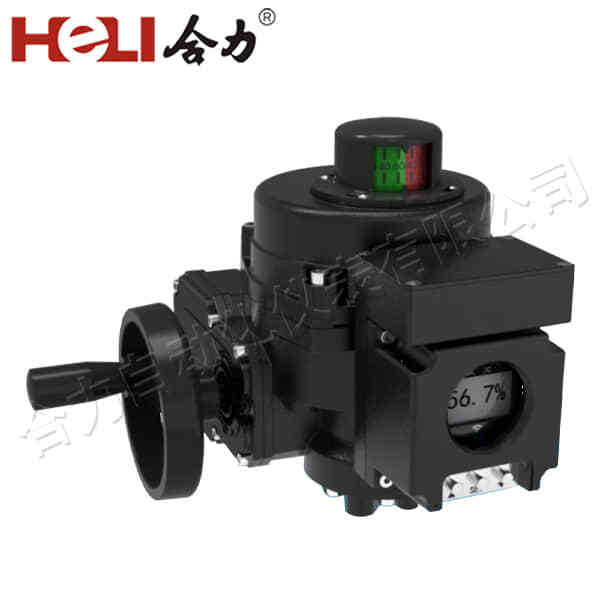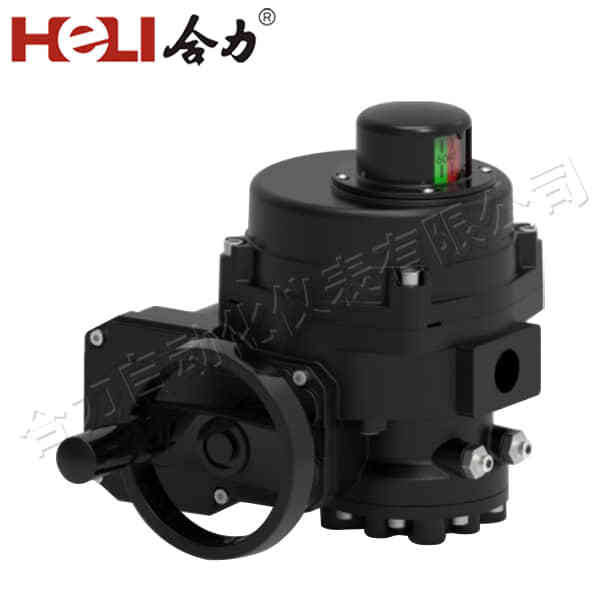Electric actuators for valves have become a key component in modern industrial automation systems. These devices play a vital role in controlling the flow of liquids and gases in various industries, including water treatment, oil and gas, chemical processing, and power generation. Unlike traditional pneumatic or hydraulic actuators, electric actuators offer enhanced efficiency, precision, and ease of integration with modern control systems. This article explores the significance, working principles, benefits, and applications of electric actuators in valve operations.

What is an Electric Actuator for Valves?

An electric actuator for valves is an electromechanical device that uses electric motors to drive the movement of a valve mechanism. The actuator converts electrical energy into mechanical motion, which is then transmitted to the valve, causing it to open, close, or regulate the flow rate. The electric actuator typically consists of an electric motor, gears, a drive mechanism, and control electronics. The entire system is designed to provide precise and reliable valve operation, often in automated or remotely controlled environments. Working Principles of Electric Actuators The primary function of an electric actuator for valves is to adjust the position of the valve in response to input from a control system. The actuator’s motor rotates a shaft, which is connected to the valve stem. Depending on the rotation, the valve either opens or closes, allowing fluid or gas to flow through the pipe.
